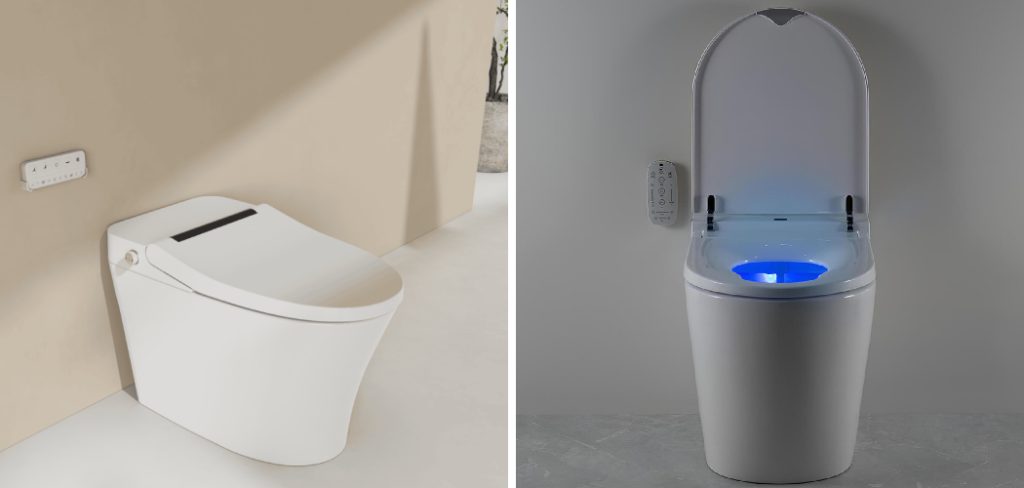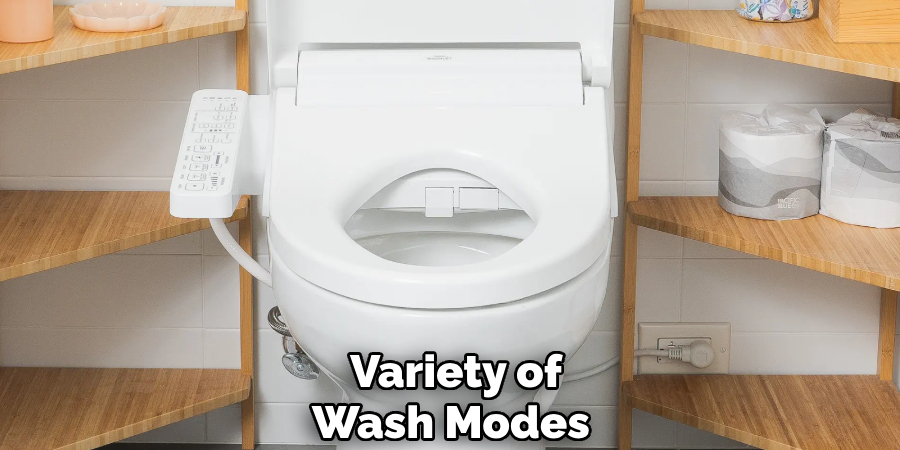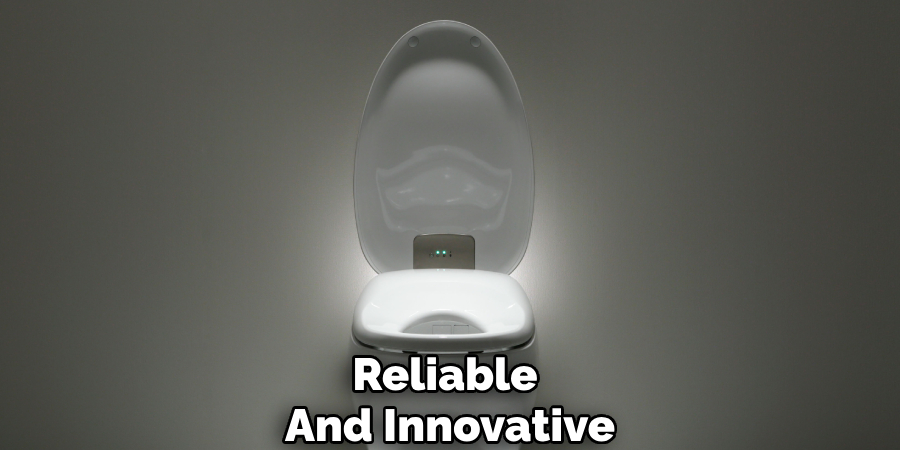Smart toilets are a breakthrough innovation in modern bathroom technology, equipped with advanced features designed to elevate your daily routine. From bidets that provide superior hygiene to heated seats for maximum comfort, and self-cleaning functions that simplify maintenance, these toilets offer a blend of luxury and practicality. One of the significant advantages of owning a smart toilet lies in the ability to customize settings to suit your specific needs.

Programming your smart toilet allows you to optimize comfort, improve hygiene, enhance water efficiency, and simplify your overall experience. This article will provide a comprehensive step-by-step guide on how to program smart toilet settings, helping you adjust key features for maximum convenience and functionality. Whether you are new to smart toilets or looking to fine-tune its features, this guide will ensure you get the most out of your smart toilet.
Understanding the Key Features of a Smart Toilet
Smart toilets are designed to provide an advanced and luxurious bathroom experience by incorporating a range of customizable features. Here’s an overview of the key functions you can expect:
Bidet Functions
Smart toilets offer highly customizable bidet options to enhance hygiene and comfort. You can adjust the water spray pressure, temperature, and position to suit your preference. Many models also include specialized cleaning modes, such as front wash, rear wash, or an oscillating spray for thorough cleansing.
Heated Seats
No more cold shocks during colder months—heated seats are a standout feature. These seats come with multiple temperature settings, allowing you to stay warm and comfortable, especially in the winter.
Air Dryer
Replacing traditional toilet paper, the air dryer feature provides a convenient and eco-friendly drying experience. With options to adjust the air temperature and speed, this function ensures quick and comfortable drying.
Deodorizer and Self-Cleaning Features
Smart toilets actively maintain cleanliness and freshness. An automatic deodorizer neutralizes odors, while the self-cleaning process keeps the toilet bowl and nozzles sanitized after every use.

Remote Control or App
For ultimate convenience, smart toilets can be controlled via a physical remote or a smartphone app, allowing you to adjust settings effortlessly and customize your experience with just a few taps.
Unboxing and Setting Up the Smart Toilet
Initial Setup
When unboxing your smart toilet, carefully inspect all components to ensure nothing is missing or damaged. For proper installation, it is recommended to enlist the help of a professional plumber, especially to connect the toilet to your home’s water supply securely. Once installed, plug the toilet into a power outlet as per the manufacturer’s guidelines. Ensure that the power supply and water connections are secure before proceeding to the next steps.
Remote Control or App Setup
If your smart toilet includes a remote control, insert the required batteries or ensure that it is fully charged. Next, refer to the user manual to download the manufacturer’s app (if available) on your smartphone. Follow the on-screen instructions to set up and pair the app or remote control with your smart toilet.

This connection is typically established via Bluetooth or Wi-Fi, allowing you to adjust and save preferences with ease. Make sure the pairing is successful by testing basic functions such as water temperature or nozzle position. Setting everything up correctly ensures you’ll enjoy the convenience and advanced features of your smart toilet to the fullest.
How to Program Smart Toilet Settings: Programming the Bidet Functions
Smart bidets offer a range of customizable features to enhance your personal hygiene experience. By programming these functions, you can adjust various settings according to your preferences, ensuring maximum comfort and convenience.
Adjusting Water Pressure
You can easily increase or decrease the water pressure for a wash that feels just right. Start by using the control panel or the connected app to test different pressure settings. It’s recommended to begin with a moderate level and adjust incrementally until you find the pressure most comfortable for you. This ensures an effective yet gentle cleaning experience tailored to your needs.
Adjusting Water Temperature
Setting the ideal temperature for the bidet’s warm water spray is another crucial element. A warm spray can provide a soothing touch, particularly in colder climates. Explore the temperature settings to find a level that suits your comfort, keeping in mind that too hot or too cold might feel unpleasant. Having a heated spray feature can make a big difference in enhancing the overall experience, especially during winter months.
Adjusting Spray Position
Your bidet’s spray position can also be adjusted for a personalized experience. Using the controls, move the nozzle forward or backward until it aligns comfortably with your body. Ensuring the angle and position are appropriate will maximize both efficiency and comfort during use.
Choosing the Wash Mode
Modern bidets offer a variety of wash modes for different needs. You can select between front wash and rear wash options depending on your preference. For a more thorough clean, consider using the oscillating wash mode, which moves the nozzle back and forth. Some bidets also feature special cleaning modes designed for enhanced hygiene, offering an added level of cleanliness and care.

By programming these settings, you can fully enjoy the advanced features of your smart toilet while maintaining the highest standard of hygiene and comfort.
Using the Self-Cleaning and Deodorizing Functions
Self-Cleaning Features
Modern smart toilets are equipped with self-cleaning features to ensure optimal hygiene with minimal effort. Activating the automatic cleaning cycle for the toilet bowl and nozzle is simple and can often be done via a dedicated button or through app controls, depending on the model. These cycles are designed to rinse and sanitize the surfaces, preventing buildup and maintaining cleanliness over time. Users can customize the frequency of the self-cleaning feature, choosing between daily automatic cycles or on-demand cleaning whenever needed. This functionality not only ensures a clean toilet but also saves time and effort in routine maintenance.
Deodorizing Functions
To maintain a fresh and pleasant bathroom atmosphere, smart toilets often include built-in deodorizing systems. Activating the deodorizer is straightforward, typically requiring just the push of a button or an adjustment in the settings menu. Many models also allow users to modify the intensity of the deodorizing function, providing a tailored experience to suit individual preferences. The deodorizer works by neutralizing odors directly at the source, ensuring that the air remains fresh after every use. This feature not only enhances comfort but also adds an extra layer of sophistication to the bathroom environment.
Connecting the Smart Toilet to a Smart Home System
Integrating with Smart Home Devices
Linking the smart toilet with Alexa, Google Assistant, or other smart home systems can simplify its use and enhance convenience. Most smart toilets are equipped with built-in compatibility for these systems, allowing seamless integration. By connecting the toilet through the companion app or a smart home hub, users can issue voice commands for various functions. For example, you can say, “Alexa, adjust the water pressure,” or “Ok Google, activate the bidet,” to control the toilet hands-free. This integration elevates the user experience by adding a touch of modern innovation and accessibility to daily routines.
Using the App for Remote Control
The smart toilet’s companion app provides robust remote control and customization options. Through the app, users can access the toilet’s settings, such as temperature adjustments, water pressure, or deodorizing intensity, right from their smartphones. Furthermore, the app enables programming personalized profiles for different household members. Each user can save their preferences—ranging from seat warmth to cleansing modes—ensuring a tailored experience every time. This combination of remote control and individual settings contributes to a uniquely comfortable and efficient smart bathroom environment.
Troubleshooting Common Smart Toilet Issues
Trouble with Water Temperature or Pressure
If you’re experiencing issues with water temperature or pressure, start by checking for clogs or problems in the water supply line. Ensure that the valves are fully open and the water is flowing correctly. Additionally, examine the water heater settings within the toilet’s interface or app, and adjust them to meet your desired temperature preferences.
Air Dryer or Deodorizer Not Working
For problems with the air dryer or deodorizer, verify that these functions are properly enabled in the toilet’s settings. If they are activated but still not functioning, inspect for potential technical malfunctions in the system. Refer to the user manual for specific guidelines or contact technical support for further assistance.
Connection Issues with Remote or App
When facing connectivity issues with the remote or app, re-pair the device with the toilet via Bluetooth or Wi-Fi as applicable. If the problem persists, perform a system reset on the smart toilet to reestablish the connection. Always ensure your app or firmware is up to date for optimal performance.

Conclusion
Understanding how to program smart toilet settings is key to maximizing comfort, hygiene, and convenience. By following the instructions provided, users can personalize features such as water temperature, spray pressure, and seat heating to suit their preferences. Regular maintenance, including cleaning filters and updating software, is crucial for ensuring long-term functionality. Experimenting with different settings allows users to identify the most comfortable and efficient options for their needs. A smart toilet offers a customizable experience that enhances daily routines, and with proper care, it remains a reliable and innovative addition to any modern bathroom.

